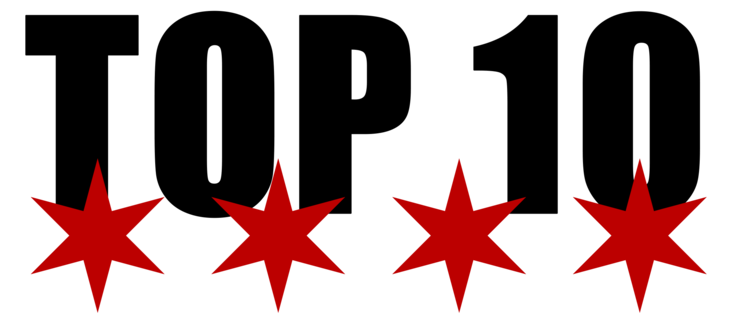It isn’t crazy for rookie quarterbacks to play well right away, especially these days. The constant adjustments to NFL rules that favor the offense make it easier than ever. Matt Ryan, Andrew Luck, Robert Griffin III, Justin Herbert, and C.J. Stroud have all proven this true. Jayden Daniels was doing the same in Washington through the first month of the season. Now Caleb Williams has gotten in on the fun. After a difficult first three games, the #1 overall pick has thrown seven touchdowns to just one interception over the last three. Chicago is now 4-2 with a chance to make a serious run at the postseason.
Tom Thayer has played with and watched a lot of quarterbacks in his career, especially in Chicago. He’s seen rookies come and go with this organization. What he is seeing right now with Williams is nothing that constitutes normal. It isn’t just that he’s been productive; it is the way he is doing it. The Chicago Bears color commentator explained on ESPN 1000.
Caleb Williams shouldn’t be this advanced already.
At least, that is what many of the draft experts wanted people to believe. They felt the quarterback’s tendency to scramble around and make plays outside the pocket was a crutch he used to avoid playing from the pocket. To them, it meant he couldn’t. In reality, evidence is mounting that he couldn’t do it out of necessary. USC’s supporting cast was so poor that he was required to make more plays to compensate. Now that he has actual weapons, a decent offensive line, and NFL coaching, he looks like a professional quarterback. This is a reminder that the situation must always be taken into account when evaluating that position. If people had stopped to ask whether Caleb Williams was even being allowed to play from the pocket at USC, they might’ve caught on sooner.













The way Mariotta came in and the Commanders offense didn’t skip a beat tells me that it’s the system, and not Daniels. 🤷🏽♂️
Well, I see. I will keep the 5 higher and 5 lower levels of QB development to myself. The levels were created by artificial intelligence on the basis of over 1000 QBs. I will not share the algorithms. I wonder where Caleb will land and be labeled in a few years?
For the third time: “quantitative” raw production/stats assess over time what might be called “growth” (positive or negative); “qualitative” changes more or less constitute “development” (higher or lower) levels. This article on Caleb is more about the latter. In the final analysis continued growth patterns might lead to higher levels of development (QB play not always borne out by the stats), but development is ultimately more important than mere growth. I will list the top 5 levels for QB play, but not now.